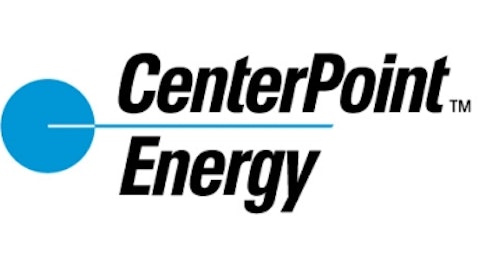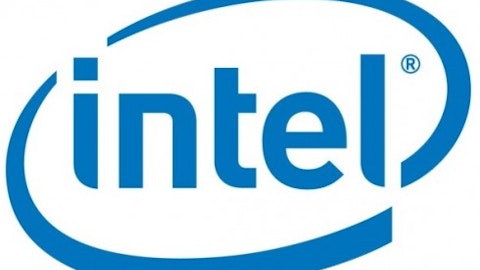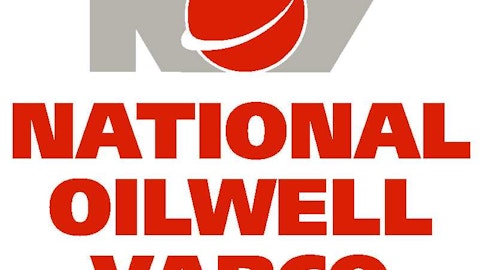On May 8, I noted how the overall market had qualified as a ‘sell’ under my Investing Strategy. The S&P ultimately went on to drop 7.5% from peak to most recent trough, and further losses are possible. Certainly, the market is a long way from my Investing Strategy ‘buy,’ which was last reached in October 2011, but this doesn’t mean ignoring opportunities as they present themselves.
Not all sectors suffered equally during the drop: since the market peaked in May, Select Sector SPDRs each experienced a different response to the selling (from June 25):
| Sector | Type | One month % Change | Relative to S&P |
|---|---|---|---|
| Discretionary | Cyclical | -4.2% | +0.6% |
| Technology | Cyclical | -4.9% | 0.0% |
| Industrials | Cyclical | -4.7% | +0.2% |
| Materials | Mix | -6.2% | -1.3% |
| Energy | Mix | -5.7% | -0.8% |
| Staples | Defensive | -4.7% | +0.1% |
| Health Care | Defensive | -4.0% | +0.9% |
| Utilities | Defensive | -7.0% | -2.2% |
| Financials | Cyclical | -4.2% | +0.7% |
I have already made the case for the Utilities SPDR (ETF) (NYSEARCA:XLU) here, and its potential to outperform Technology, with honorable mentions to component stocks: CenterPoint Energy, Inc. (NYSE:CNP) and EQT Corporation (NYSE:EQT). The most recent wave of selling which struck the market on June 18 wasn’t so damaging to Utilities: the Utilities Select Sector SPDR managed to outperform the S&P by 1.2%, making it the best relative performing sector over the decline.
In contrast, the Materials Select Sector SPDR (NYSEARCA:XLB) didn’t fare so well; it continued to be the worst performing sector for this short period, losing an additional 1.1% (to June 25) against the S&P, and the second worst sector behind Utilities SPDR (ETF) (NYSEARCA:XLU) for the larger decline dating back to May.
However, Materials does look to be offering value if focus is given to leading stocks in the sector. A couple of the stronger names to consider in the Materials sector are Air Products & Chemicals, Inc. (NYSE:APD). and The Dow Chemical Company (NYSE:DOW).
Air Products & Chemicals Inc.
Air Products & Chemicals bucked the trend of the broader market by not only posting a new 52-week high in recent weeks, but by also posting a multi-year high following the removal of the 2008 and 2011 highs. This was achieved on the backdrop of some inconsistent earnings – so why is the stock proving attractive to buyers?
One reason is the solid dividend yield of 3%. It has supported this by raising dividends each year for the past 31 years, with an average annual dividend hike of 11.8%. It even managed to maintain its dividend during the credit crunch, something few companies were able to do:
APD Dividend data by YCharts
Interestingly, its total cash dividend payout is less than rival Praxair, Inc. (NYSE:PX), which offers a yield of just 2.1%. Air Products & Chemicals finished 2012 with a net positive cash flow of $32 million. However, if it was to continue to offer another 10% boost on the payment, it would need to find an additional $51 million in cash to do so. It’s likely the dividend hike will slow unless the company finds an additional way to boost cash flows.
Where Air Products & Chemicals has its weaknesses is in its larger exposure to the European market, as well as in the semiconductor sector, which is under pressure as marked by the weak demand for copper. The company did announce it had completed its European restructuring provision in its last earnings conference call, which should offer cost savings. There was also new business in China and Malaysia to help offset the slack in European markets: Asian sales were up 4% last year. However, MSI forecasts for FY 2013 are now flat against 4% to 6% growth previously predicted, implying some form of earnings miss is likely for this year. The full year guidance was reduced by $0.27 to $5.45-5.60, although one analyst noted the size of the cut implied larger troubles than current performance would suggest. In addition, there were also one-off asset sales which helped boost most recent earnings by a couple of cents per share. However, the more probable explanation is the company wanted to offer some optimism for end-of-year, and guided overly cautious in order to beat on lowered expectations.
The Dow Chemical Company
This is a stock which had given up 12% from its May highs. It typically trades in the $30s, bar the one big exception when it dropped to single digits during the credit crisis. It too has underperformed European and Asian exposure, and was a suggested short candidate. However, I suspect much of this macro weakness is priced in, limiting downside opportunity.






